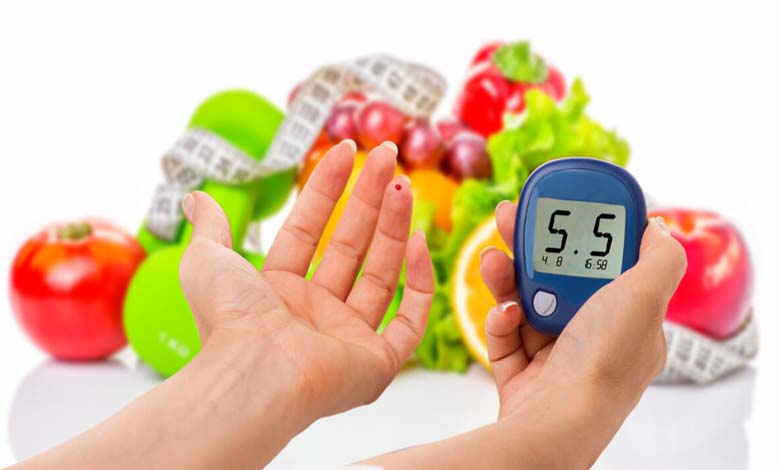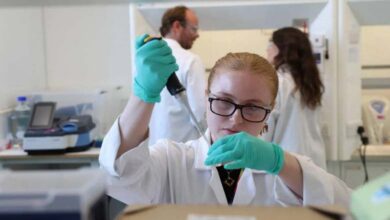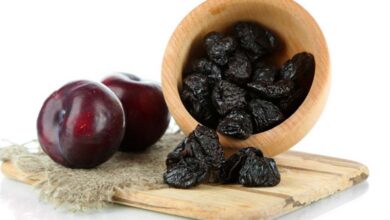Post-Meal Squats: A Natural and Effective Way to Regulate Blood Sugar Levels

A Simple Gesture with a Powerful Metabolic Impact
In recent years, metabolic health researchers have been increasingly interested in a simple yet powerful concept: moving a few minutes after eating. Among the exercises recommended, the squat – often associated with fitness or strength training – has emerged as an effective method to regulate postprandial blood glucose levels.
New studies reveal that performing a few sets of squats after meals can significantly reduce blood sugar spikes and improve insulin sensitivity, especially in people with prediabetes or type 2 diabetes.
Blood Sugar Spikes: An Underestimated Risk
After every meal, blood glucose levels naturally rise. In healthy individuals, the pancreas releases insulin to bring these levels back to normal. However, a sedentary lifestyle, high sugar intake, and lack of muscle activity can impair this mechanism, leading to repeated blood sugar spikes.
Over time, these fluctuations can cause insulin resistance, oxidative stress, and increase the risk of type 2 diabetes, cardiovascular disease, and even cognitive decline.
-
A Handful of Almonds a Day: A Natural Ally for Blood Pressure, Sugar, and Triglycerides
-
Effective Methods to Control Cortisol and Lower Blood Pressure
The Unique Metabolic Role of Squats
Squats are a compound movement that engages the body’s largest muscle groups — quadriceps, glutes, hamstrings, and core. This intense muscle activation drives rapid glucose uptake from the bloodstream, as muscles rely on sugar for energy production.
A Japanese study published in the Journal of Applied Physiology found that performing 10 to 15 light squats every 30 minutes after a meal could reduce post-meal glucose levels by 25–30%. This highlights the direct metabolic influence of such a simple habit.
-
The DASH Diet: A Science-Backed Strategy to Lower Blood Pressure and Boost Heart Health
-
What’s the Difference Between Sugar-Free and No Added Sugar?
Why After Meals?
Moving after eating directly impacts glucose metabolism. When we remain seated after a meal, sugar absorbed from the intestines accumulates more rapidly in the blood. Conversely, even light muscle contractions activate glucose transporters (GLUT-4) independently of insulin, promoting faster sugar uptake into muscle cells.
Thus, short bouts of movement — as little as two to three sets of squats over five minutes — can significantly flatten the glucose curve after eating.
-
Vegetables and Grains: Essential Natural Allies to Break Down Blood Clots and Lower Cholesterol
-
Added sugars are more dangerous to the heart than cholesterol
Squats vs. Walking: Which Is Better?
Post-meal walking is a well-known recommendation for digestion and glucose control. However, researchers highlight that squats offer unique advantages: they require no space or equipment and can be performed anywhere, from home to the workplace.
Moreover, squats engage more muscle mass than walking, resulting in greater energy expenditure and faster glucose utilization. For individuals with limited mobility,
modified versions such as wall squats or chair squats can provide similar metabolic benefits with less strain on the knees.
-
Doctor warns of the danger of accumulative sugar on nerves
-
Fasting blood test: How long should people stay without food?
Benefits Beyond Blood Sugar Control
The benefits of post-meal squats go beyond glucose regulation. Practiced regularly, they also:
- Strengthen muscle mass, helping to counteract age-related muscle loss.
- Improve blood circulation, particularly in the lower limbs.
- Enhance digestion through mild parasympathetic stimulation.
- Reduce post-meal fatigue, often caused by fluctuating glucose levels.
In the long term, integrating this habit into daily life may help prevent weight gain, improve sleep quality, and enhance cardiovascular health.
How to Integrate Squats into Daily Life
To maximize the benefits of this practice:
- Perform 10 to 15 squats after each main meal.
- Focus on slow, controlled movement — no need for speed or heavy intensity.
- Keep your back straight, knees aligned, and breathing steady.
- Start with short sets (1–2 minutes) and gradually increase duration.
- If you have joint issues, try wall-assisted or half squats.
-
reasons for sudden high blood pressure… Know these reasons
-
Can DNA Reveal the Risk of Diabetes and Heart Disease?
Post-meal squats represent a simple, natural, and cost-free strategy for better blood sugar regulation. Far from being reserved for athletes, they serve as a preventive therapeutic tool for everyone. By combining movement and metabolic balance, this daily habit could become a powerful complement to medical treatments, promoting overall health and longevity.
-
Why Women in Their 40s Need a Special Diet
-
Diabetes: A Silent Enemy Attacking the Heart Kidneys and Brain












